This last week or two, I’ve begun to notice the sure signs of spring. The snow bells in my front garden are in full bloom. I can hear the cardinals and mockingbirds calling to mates as they stake out nesting territory. But the surest sign of spring is the slowly rising overnight lows. Time to start my early spring herbs and that means planting cilantro.
“Wait!,” you say, “aren’t your worried about possible late frosts.” Yes and no. My average last frost date is a few weeks away but I know that cilantro is a cool-weather herb that can withstand brief chills. So planting now gives me the maximum number of weeks for it to grow before it sets seed and dies in June.
What to Look For in Cilantro
Since most gardeners want to maximize the amount of harvest they should look for “slow-bolt” varieties. When cilantro starts to send up its central flower stalk near its end-of-life we call that “bolting.” Once that begins, the plant reduces leaf production. Existing leaves also start to age and become bitter. A slow-bolt variety will increase leaf production by two to three weeks. So that means…
The sooner you plant cilantro,
the more you will harvest.

Bolting is caused by hot weather so a heat-resistant, “slow-bolt” variety is the goal for plant breeders. Recent introductions include ‘Calypso’ and ‘Marino’ cilantro. If you prefer a milder flavor to foods, look for ‘Confetti’ cilantro which also has more finely divided leaves.
When purchasing cilantro at the nursery, take care not to confuse this herb with culantro (Eryngium foetidum). Culantro is a Caribbean herb with prickly, strap-shaped leaves and a flavor similar to but definitely stronger than cilantro.
Tips on Growing Cilantro
Cilantro seeds can be sown directly in the soil where you want them. Allow two weeks for seeds to germinate, especially in cold weather. Thin seedlings so they are about 8 inches apart. If you purchase young cilantro plants in 4-inch pots, take care to avoid damage to the central taproot when you transplant them. Water regularly and fertilize about every six weeks to encourage healthy growth.
In regions with high humidity, watch for powdery mildew or leaf spot on your cilantro. You can prevent these problems by placing cilantro where it will get good air circulation. If the problem persists, remove the leaves most affected and use antifungal powder.
Cilantro will grow just fine in raised beds or small rooftop gardens. Warm climate gardeners can take advantage of a container garden’s mobility by moving it to cool locations in late spring to delay bolting.
You can begin harvesting cilantro about five weeks after transplanting. Leaves are clipped from the outer area of the plant to allow the inner core to mature. Continue harvesting until the central flower stalk appears (remember that “bolting”?). Once that happens, the leaves become less flavorful.
Here’s the bottom line. Look for slow bolt varieties and plant cilantro now. Then you can enjoy the fresh flavor of this cool-weather herb for months to come.


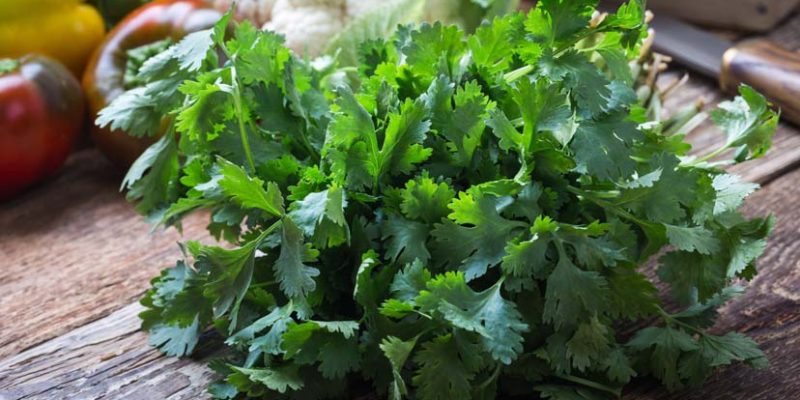
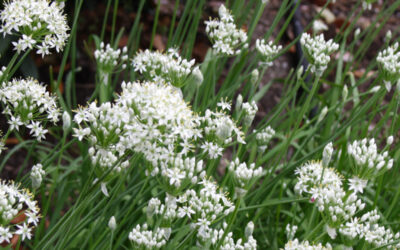
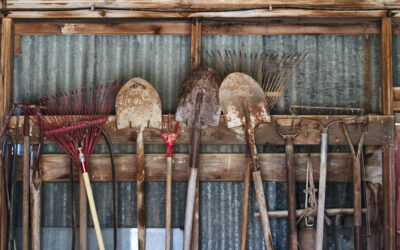



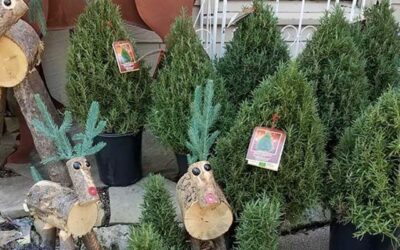


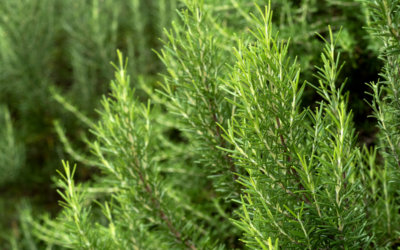


The cilantro guidance is timely and much appreciated. Are you able to expound on just how to harvesting cilantro and other herbs? How often are we able to enjoy “leaves clipped from the outside area” and how many of those leaves do you recommend we clip per harvest?
Kind regards!
The basic harvesting rule of thumb for annual herbs is about a third of the leaves for each harvest (unless you are just picking one or two for immediate use).